


The DRM wars have gone on for a long time, long before we called it DRM. Programmers have battled aspiring software copiers with schemes ranging from the clever to the bizarre.
Although most of them were fairly innocuous, like checking a manual, others were quite destructive, rendering the install disk unusable or even in some rare cases harming the system. The regular check-ins with an activation server are annoying, but still somewhat tame in comparison.
Here's a sampling of ancient DRM.
I found Wing Commander at random when browsing the software aisle at Wal-Mart, and brought it home to find blueprints of all the fighters in the game, and even a magazine written from a perspective inside the game's world called "Claw Marks." The name was inspired by the main capital ship in the game called "Tiger's Claw."
These weren't just nice pack-ins. They held vital details for launching the game. You were presented with a question about a specific item like the range of a ship's weapons or a detail from the magazine every time you wanted to play the game.
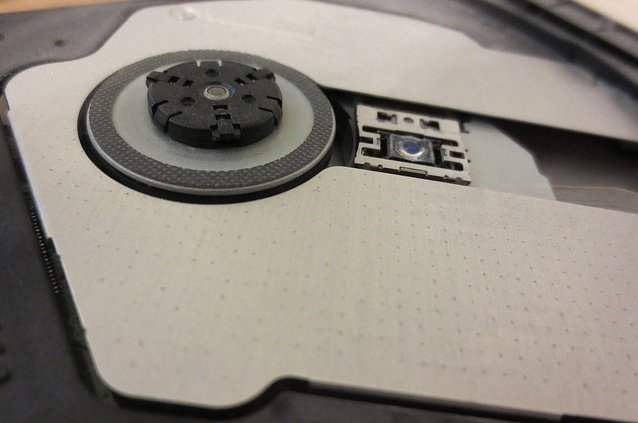
The nice thing about early IBM-PC compatibles was that the hardware was pretty consistent, with only a little variation in CPUs and sound cards. This meant a developer could ship a disk that booted the hardware, giving the programmers low level control.
While this let them gain incredible efficiency and make some nice, vibrant games on low-powered hardware, it also meant they didn't have to follow any standards. The file system was non-standard, meaning no common copying program could touch it.
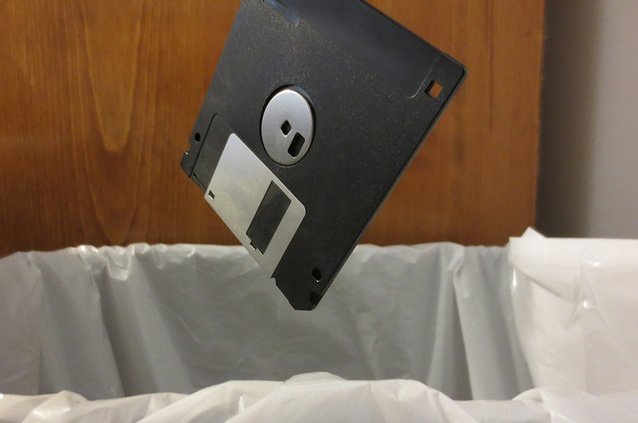
I had a bad time with the software sold at a local dollar store back in the '90s. The owner was a nice guy, but he didn't know much about software. This meant people would buy a $1 game, play it all the way through, and bring it back for a refund.
Many of these games would change some bits on the disk on the first use and render the disk unusable. It was always disappointing to find one of them.

Explosionware did damage to your system if your software was illegitimate. The in-program literature warned of dire consequences if you tried to tinker with it.
I only ever saw this in software that existed in a legal gray area like emulators and decompilers. The first time I saw this in the gaming world was with a Game Boy Advance emulator called NO$GBA (or No Cash GBA).
Taking someone else's work and trying to pass it off as your own, through text and graphic changes, was a common a practice in the world of emulation. NO$GBA threatened dire consequences for your system if you tried to run a modified copy.

Most games in the CD era required that your disc be left in the drive even after you put your activation key in. And CD drives used to be loud, so this meant you had a jet engine drowning out the game music.
This was among the least effective because a no-CD crack was usually out before the games reached retail. As always, honest users who didn't know about or were unwilling to use cracks were made to suffer.
Some games were a little more lenient, and would still let you play the game without some of the game's content like videos, audio, or levels if you didn't have the CD.
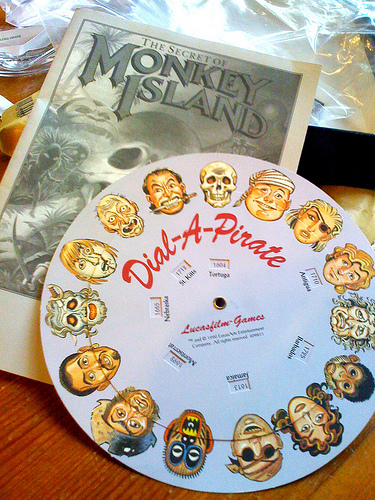
Code wheels are something I've only heard of in legend. A game with a code wheel would direct you to turn the wheel in a certain way to reveal the code needed to launch the game. These were harder to copy than something like a manual or map due to the complexity. An aspiring copier had to disassemble it, copy each component, and provide instructions for assembly.
Some game developers were under no illusion that pirates were the only people running illegal copies of their games. Instead of using goofy, easy to bypass protections, they simply turned the game into an extended demo.
You could play to a certain point or for a certain amount of time without passing the copy protection check, but that was it.
These had a similar protection scheme to one-time use disks, but used bits hidden in the disk to foil attempts at copying it. Changes to the disk's boot sector were used to mark the disk as legitimate. The software knew to look for these, and they wouldn't be there in a copy unless the copying software knew to look for the changes.
It was a dark, awkward time in the world of software. Despite M.E. Hart's dire warnings, copying software has yet to kill the software industry.
Michael Robinson writes about games, movies, TV, and other forms of entertainment at his blog and on Twitter at @mkronline.
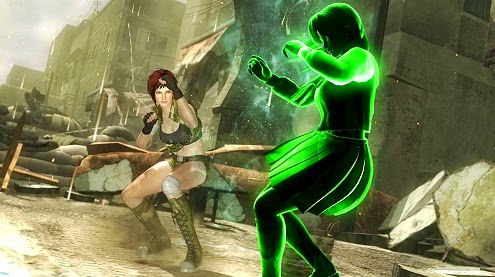
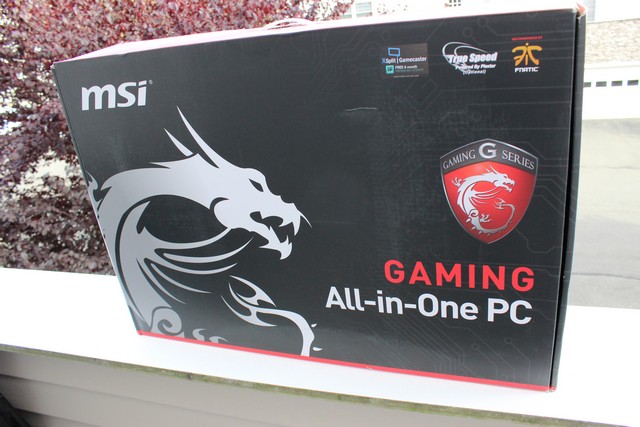


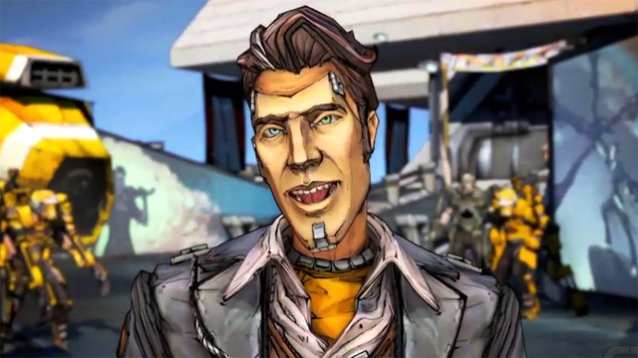 Guns, Bonerfarts, and Masked Villains: Five Things Borderlands 2 Does Better Than Borderlands
Guns, Bonerfarts, and Masked Villains: Five Things Borderlands 2 Does Better Than Borderlands Mission Walkthrough GTA 5 Gold Guide Friend Request
Mission Walkthrough GTA 5 Gold Guide Friend Request 3 Money-Saving Price Comparison Extensions To Install Now
3 Money-Saving Price Comparison Extensions To Install Now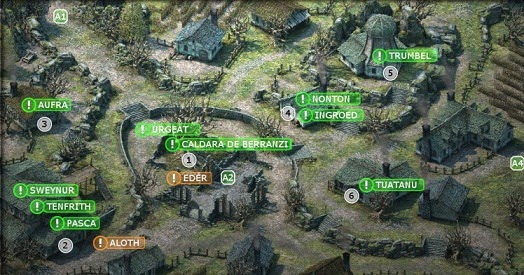 Pillars of Eternity - Valewood / Gilded Vale guide
Pillars of Eternity - Valewood / Gilded Vale guide Halo 4 – Armor Abilities Strategy Guide
Halo 4 – Armor Abilities Strategy Guide